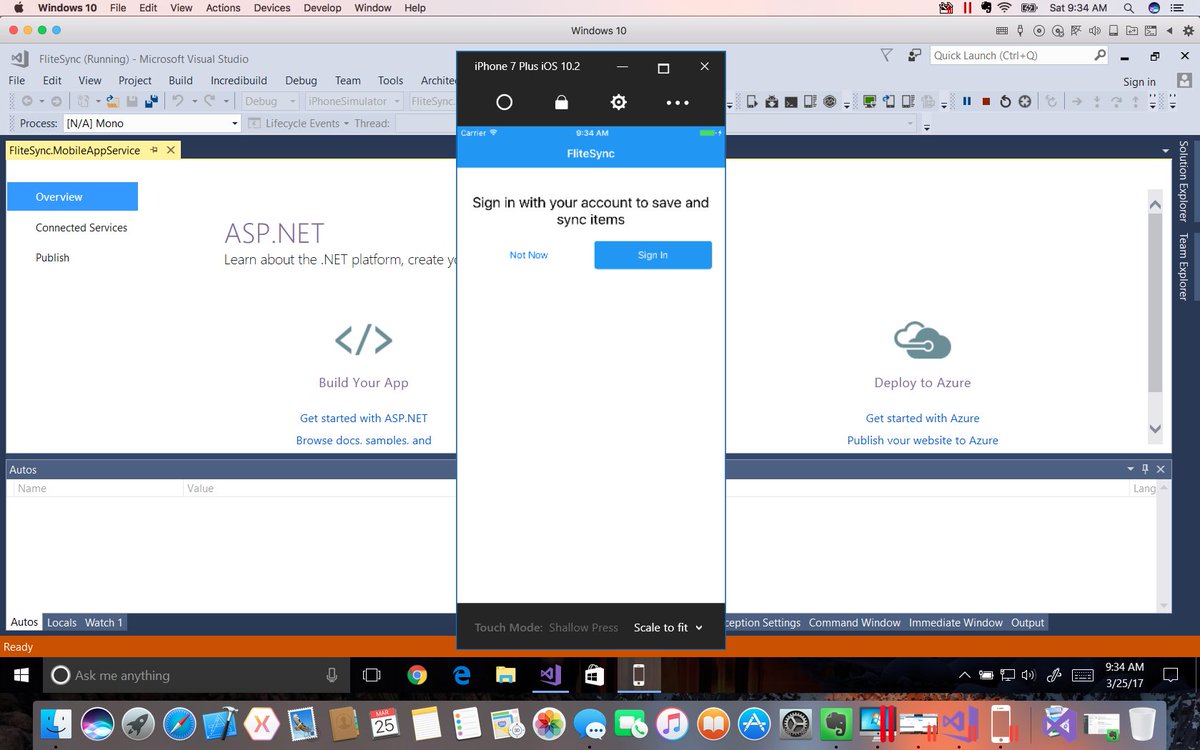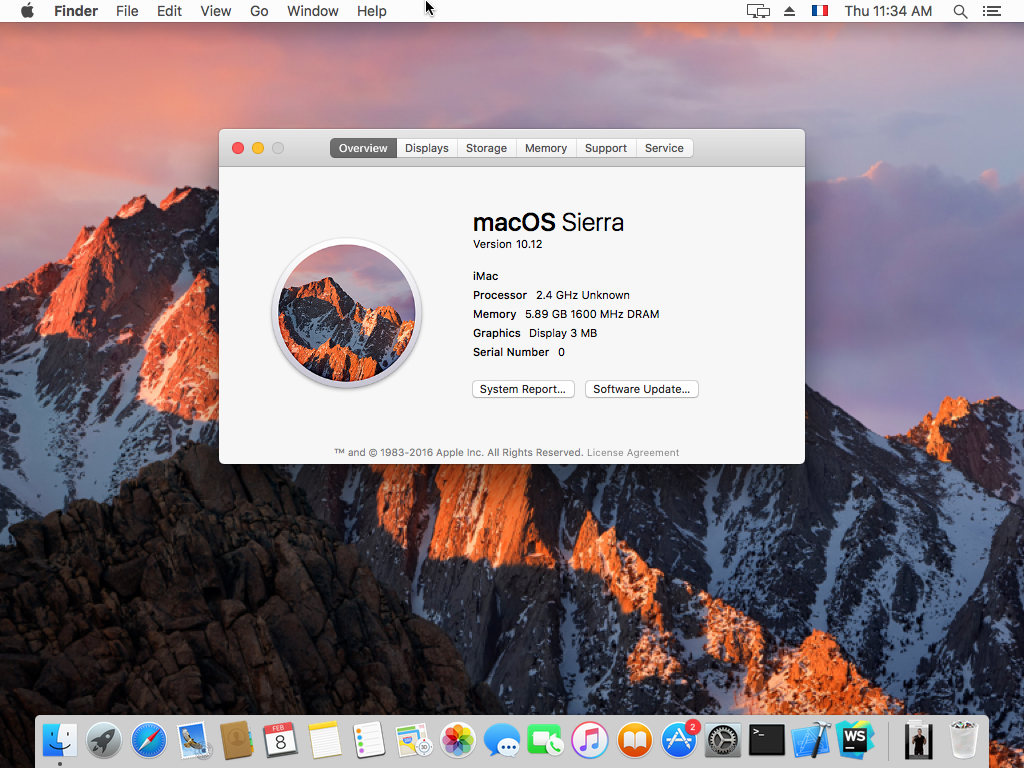

- #Ios simulator for mac sierra how to#
- #Ios simulator for mac sierra mac os#
- #Ios simulator for mac sierra install#
- #Ios simulator for mac sierra android#
- #Ios simulator for mac sierra free#
#Ios simulator for mac sierra android#
In Android Virtual Device Manager, click Run in the toolbar.Verify the AVD configuration is correct, and select Finish.įor details on the above steps, see Managing AVDs.Under Emulated Performance, select Hardware – GLES 2.0 to enable hardware acceleration.Select one or more system images for the Android versions you want to emulate, and select Next.Choose a device definition and select Next.(The Android submenu is only present when inside an Android project.) Launch Android Studio > Tools > Android > AVD Manager and select Create Virtual Device.


#Ios simulator for mac sierra install#
Windows-only: Install the Google USB Driver.Detailed instructions are available in the Android documentation. Enable Developer options and USB debugging on your device.To prepare to run and test your Flutter app on an Android device, you’ll need an Android device running Android 4.1 (API level 16) or higher. This installs the latest Android SDK, Android SDK Platform-Tools, and Android SDK Build-Tools, which are required by Flutter when developing for Android. Start Android Studio, and go through the ‘Android Studio Setup Wizard’.If automatic signing fails in Xcode, verify that the project’s General > Identity > Bundle Identifier value is unique.Then, go to the Settings app on the iOS device, select General > Device Management and trust your Certificate. Select Trust in the dialog prompt when first connecting the iOS device to your Mac. The first time you use an attached physical device for iOS development, you need to trust both your Mac and the Development Certificate on that device.For details about membership types, see Choosing a Membership. Enrolling in the Apple Developer Program is required to distribute your app to the App Store. To start your first iOS development project, you might need to sign into Xcode with your Apple ID.ĭevelopment and testing is supported for any Apple ID.Xcode creates and downloads a Development Certificate,Īnd creates and downloads a provisioning profile (if needed). For Xcode 10, look under General > Signing > Team.The UI varies depending on your version of Xcode. In the Runner target settings page, make sure your Development Team is selected. Select the Runner project in the left navigation panel.Select the device you intend to deploy to in the device drop-down menu next to the run button.Open the default Xcode workspace in your project by running open ios/Runner.xcworkspace in a terminal window from your Flutter project directory.Tools: Flutter depends on these command-line tools being available in your environment.ĭownload the latest flutter SDK from the flutter official site from the link below.Įxtract the file in the desired location, for example:įollow the Xcode signing flow to provision your project.Disk Space: 2.8 GB (does not include disk space for IDE/tools).To install Flutter on Mac, your development environment must meet these minimum requirements
#Ios simulator for mac sierra how to#
How to Install Flutter On Mac? Minimum System requirements

#Ios simulator for mac sierra mac os#
NOTE : This tutorial about how to install flutter on mac os is complete reference from flutter official documentation.
#Ios simulator for mac sierra free#
Flutter works with existing code,and is used by developers and organisations around the world, and is free and open source. It is used to develop applications for web, desktop, Android and i OS.Using a single codebase, you can develop mobile apps for both Android and iOS in the same time without putting extra effort. What is Flutter?įlutter is Google’s mobile UI framework for crafting high-quality native interfaces on web, mobile and desktop in record time. Note: The content of this post is completely referenced from flutter official website.


 0 kommentar(er)
0 kommentar(er)
